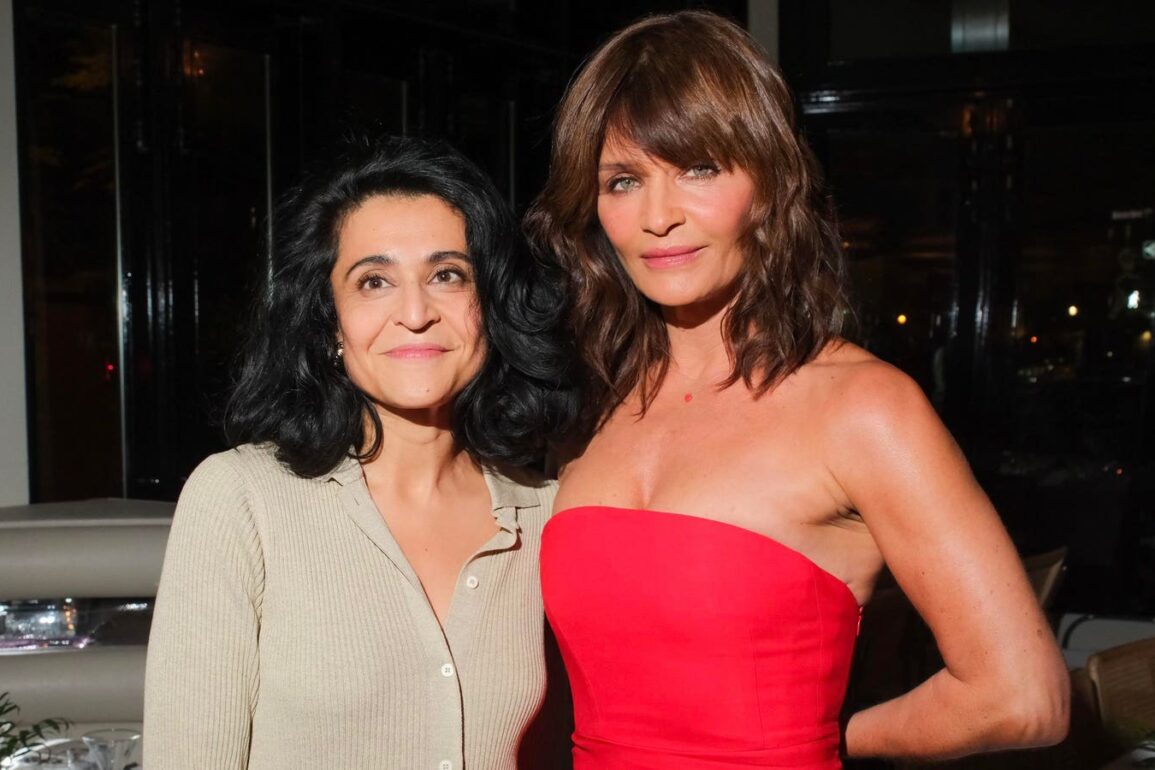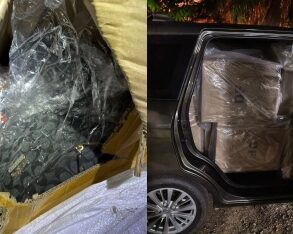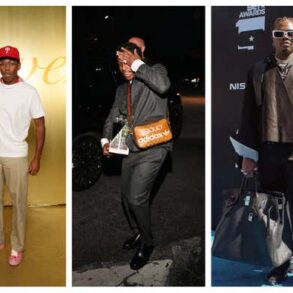
Rati Sahi Levesque was denied a promotion from consultant to full-time employee at the bank where she was working because of a misdemeanor on her record. At 18, she was caught carrying a fake ID she used to help her get into bars. What could have been perceived as a career-ending moment instead became the twist that set her on the path to where she now sits–as part of the foundation of the e-commerce revolution in luxury consignment.
Levesque laughs at the story while tucked into a banquette at Sant Ambroeus in the West Village, “Everyone had a fake ID but I was stupid enough to get caught with it. Well, I could still be in banking as a project manager if I hadn’t been caught.” She laughs again, this time as if her father is in the room, and says, “See, dad, you worried so much about it at the time, but it’s all worked out.”
All worked out is an understatement. Brick by brick, the President, COO, and co-founder of The RealReal has helped define the market for luxury consignment by fundamentally changing the perspective and behaviors of consumers towards online resale, and growing a category-defining business in the process.
Was it an accident? A “build it and they will come” philosophy? Hardly. The RealReal’s trajectory was strategically crafted and came by way of a significant investment into facets of the business employed to spur this massive consumer shift. These facets came in the form of the army of experts brought on to vet products including gemologists and former employees of Christie’s and Sotheby’s. They developed technologies to assess the authenticity of stones and handbags and even spearheaded the creation of a Kelley Blue Book-style product to help set the market standard on luxury resale. They were the first to introduce returns to the secondary market and also the first to establish a call center, both customer service tactics unheard of at the time for peer-to-peer resale.
Rati Sahi Levesque was formerly in banking before co-founding The RealReal.
Although, these tactics came about with only one goal in mind: trust.
“Trust was the number one consideration because at first people thought our platform was a scam,” Levesque says. “So establishing that connection was big for us because we’d go on eBay or any other peer-to-peer site, and we found that items weren’t returnable.
Discoveries like this were important during the beginning stages of building The RealReal. “We leaned into full transparency and started doing things like describing everything with incredible accuracy. We were saying, ‘Hey, this has a hole in it’ and it’s priced accordingly,” she explains.
This transparency permeated everything the company touched. They developed Vision, a hardware that scans handbags at the pixel level to determine if it’s a high or low-risk product. They’ve created a device in conjunction with the country’s leading gemological school, the University of Arizona, that measures a gemstone with precise accuracy. “Now a technician is able to assess the quality and details of a stone without a gemologist, but still, we have a gemologist look at everything afterward for accuracy,” Levesque explains.
Given that TheRealReal’s SKUs measure in the ballpark of 1m unique products at any given moment (by comparison Nike carries roughly 120,000 SKUs according to an academic paper published by S. Aniyruddh and Kiran Kumar), “The amount of technology that is needed to not lose items, verify them, and then move them through properly is the core of our business and what we actually built,” she says.
With consumer trust established, the alignment of brands and celebrities followed. Designer labels, such as Stella McCartney–“After Stella McCartney joined, the other brands started to follow,” Levesque says–and Gucci consign with The RealReal for its legitimacy and the safety it affords their brands in the secondary market.
The most recent example of this is the launch of the Consignment Commitment which features wardrobe pieces from the “world’s most fashion-feted” women such as Kate Moss, Julianne Moore, Lake Bell and Ivy Getty. These VIPs–which also include stylists and tastemakers–have partnered with the site to sell their used items to raise awareness towards better global consumption behavior.
This Chanel bag owned by Julianne Moore, which is being sold on the site, is a testament to the … [+]
“Instead of being discarded, or even trashed, the platform allows a garment to have a longer-lasting circular life,” says designer Jonathan Cohen, whose eponymous line is sold on the site. “What I also love, especially coming from a luxury ready-to-wear brand, is it allows someone who might not have been able to afford the pieces to buy into brands they might not have been able to when the pieces were released. I am included in this group.”
“The brands started to realize, and our data shows it as well, that people consign which adds more value for the item for the primary market because now there’s a secondary market for it,” Levesque says. “The brands also put money back into their businesses from this unsold product.”
The same dad who worried about how the misdemeanor would affect Rati’s career is the same man whom she describes as “a gritty entrepreneur before that’s what they were called.” As the owner of several restaurants around San Francisco, Levesque’s father, an immigrant from India, provided a de facto classroom for the future founder through his own work.
At a dinner celebrating the debut of the the Consign Commitment, celebrities such as Anna Sophia … [+]
“I spent so much time at the restaurant and I watched how my dad worked with employees, what it looked like to manage them, how he hired people, and what it meant to work through the good, bad, and ugly days,” Levesque recalls. “I think you absorb it all. At the end of the day, he was an immigrant and immigrants are told you come to America, you work really hard and you make it. And that’s what he did.”
“I remember, he never made me feel like I couldn’t do it,” she adds. “Which was interesting coming from a very traditional background. Women don’t always work in Indian culture.”
30 million plus members later with marquis brands such as Rolex and Hermès on The RealReal, the company which was told by VC after VC, “this isn’t going to be a business that’s going to be successful,” the executive recalls, TheRealReal is now a publicly traded company whose revenues are on track to be over half a billion dollars this year.
“We had a crazy idea early on and you can never envision getting this far,” Levesque says with a smile. “This has been an awesome ride and it’s also been really, really fun.”
This post was originally published on this site be sure to check out more of their content.







